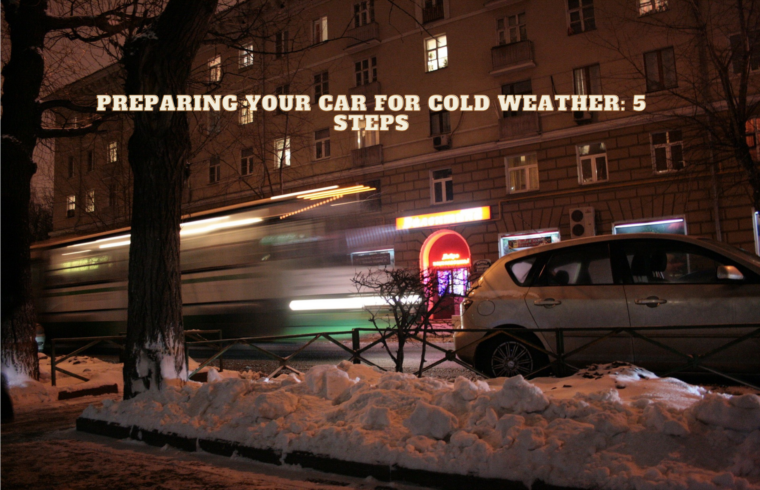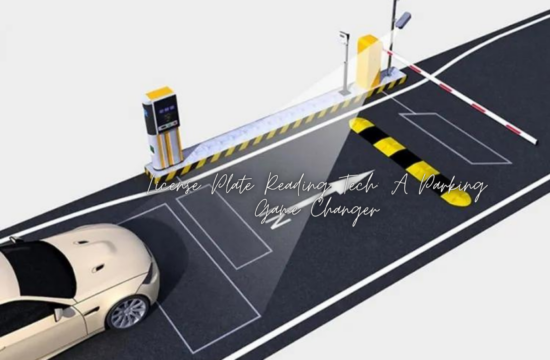We’re moving into the cooler seasons. Especially residents know that winter can come in a heartbeat. Is your car ready for it?
If not, now may be the time to start planning. To help you in that process, here are 5 tips you can follow to ensure you and your vehicle remain safe while preparing your car for winter.
Secure Tread for Road Grip
Keeping your tank from running dry is essential for winter car preparation. A full tank helps prevent moisture buildup in the fuel system, reducing the risk of freezing. It also ensures you have sufficient fuel in case of delays, enabling you to stay warm and reach your destination safely in cold weather.
Assess Your Vehicle’s Antifreeze
Assessing your vehicle’s antifreeze is a vital step in winter car preparation. It ensures that the coolant mixture is suitable for cold temperatures, preventing the engine from freezing. Proper antifreeze levels protect your engine from cold-related damage and overheating, promoting reliable vehicle performance during the winter season.
Prepping Your Windshield Wipers
Prepping your windshield wipers is crucial for winter car preparation. In cold and snowy conditions, clear visibility is vital for safety. Ensuring your wiper blades are in good condition and installing winter-specific blades helps keep your windshield clear of snow and ice, improving visibility and safety during winter driving.
Maintain Your Braking System
Maintaining your braking system is essential for winter car preparation. Cold and icy roads require reliable brakes for safe stopping. Regular brake inspections and maintenance ensure optimal performance, reducing the risk of accidents and enhancing your ability to stop safely on slippery winter roads, promoting safe and confident driving.
Never Drive on an Empty Tank
Never driving on an empty tank is a crucial aspect of winter car preparation. In cold weather, a full tank prevents moisture from accumulating in the fuel system, reducing the risk of freezing. It also ensures you have enough fuel in case of delays, helping you stay warm and reach your destination safely in winter conditions.





